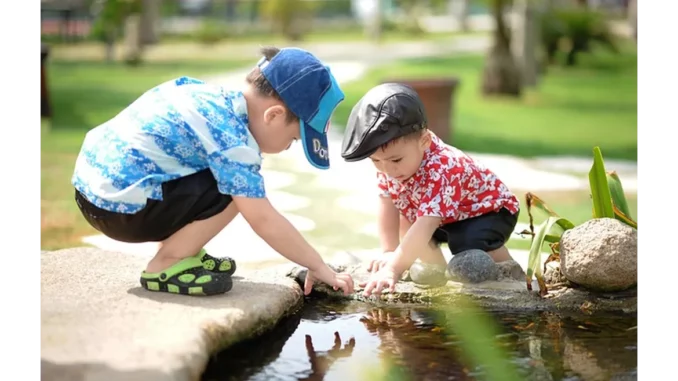
In the dynamic realm of medical technology, one of the most crucial yet challenging areas has been the development of medical devices tailored specifically for paediatric patients. Recently, a novel and transformative collaboration has emerged, poised to redefine the future of paediatric medical device innovation. During a conversation with Dr. Sarah Mitchell, a leading figure in paediatric medical innovation, the significance of this initiative became apparent.
TrueNAS: the healthcare storage solution thats secure, scalable, and surprisingly affordable.
Dr. Mitchell exuded enthusiasm as she discussed her involvement in this pioneering collaboration. Her dedication to enhancing healthcare outcomes for children was unmistakable, underscoring her commitment to this initiative. As we delved deeper into the topic, the potential impact on young patients became increasingly clear. “This collaboration is unprecedented,” Dr. Mitchell stated with evident excitement. “It unites a spectrum of disciplines—engineering, paediatrics, regulatory bodies, and patient advocacy groups—under a singular mission: to advance the development of medical devices specifically for children.”
Historically, one of the most significant challenges in this field has been adapting adult medical devices for paediatric use. Dr. Mitchell emphasised a critical point: “Children are not simply miniature adults. Their physiological differences necessitate bespoke solutions.” This collaboration aims to address such challenges by designing devices with the unique needs of children in mind. By dismantling traditional barriers, the initiative fosters an environment where communication and shared expertise are paramount. Dr. Mitchell highlighted the promising insights already emerging from this approach. “By working together, we’ve unlocked ideas and solutions that would have been inconceivable if each field had remained in its silo,” she noted. “The multidisciplinary synergy is truly remarkable.”
Dr. Mitchell, having an insider’s perspective on the project, shared insights into some of the innovative strategies being employed. One such strategy is the utilisation of advanced technologies like 3D printing, which facilitates the creation of customised medical devices tailored to the specific anatomical requirements of children. “This technology revolutionises the field,” she remarked. “It enables rapid and cost-effective production of prototypes, a critical factor in paediatric care.” Beyond technological advancements, the collaboration also places a strong emphasis on involving patients and their families in the development process. “Understanding the patient’s perspective is crucial,” Dr. Mitchell explained. “Their feedback helps us design devices that are not only effective but also user-friendly and less daunting for children.”
Despite the progress, Dr. Mitchell candidly acknowledged the challenges that persist, particularly in navigating regulatory landscapes. “The regulatory environment is complex,” she admitted, “but with the combined expertise and influence of our collaborative group, we remain optimistic about establishing pathways that are both rigorous and efficient.” As our conversation neared its end, Dr. Mitchell reflected on the potential long-term implications of this initiative. “This collaboration has the potential to revolutionise paediatric healthcare,” she asserted. “By developing devices expressly for children, we can improve treatment outcomes and enhance the quality of life for countless young patients.”
Dr. Mitchell’s insights were not only enlightening but also inspiring, offering a glimpse into a future where paediatric patients are prioritised in medical device development. This collaboration signifies a pivotal shift in the industry, one that prioritises the unique needs of children and values the perspectives of those most affected by these innovations. As I concluded my discussion with Dr. Mitchell, a sense of optimism about the future of paediatric healthcare prevailed. This groundbreaking collaboration transcends the mere development of better devices; it fosters a culture of inclusivity and innovation that could set new benchmarks for the entire medical community.
In an era where technology and healthcare are advancing at an unprecedented pace, initiatives like this underscore the importance of collaboration, empathy, and an unwavering commitment to improving lives. They remind us that when diverse minds unite with a shared purpose, the possibilities are indeed boundless.


Be the first to comment